Risk and Liability:
We will endeavor to make your program smooth and as pleasant as possible. However, the entire course of trekking depends on the ranges of the mighty mountains, physical health, and environmental conditions. Therefore, Adventure Speed ( P) ltd shall not be responsible for any changes in the itineraries due to unavoidable circumstances and natural disasters such as landslide, road blockage, flood, snowing, cancellation of flight and delay, any types of sickness including altitude sickness.
What to Expect:
The Everest Base Camp trek is a challenging trek that requires prior trekking/hiking experience. During the course, we will trek average 6 hours per day on moderate to steep grades, at varied elevations. Some days will be rest days with optional hikes to properly acclimatize, while on other days you will continue your journey towards EBC. Your Trek guide will set a suitable pace to minimize the risk of altitude issues. Porters will transport your gear. Please tell us in prior if you are under medication or under the supervision of doctors.
Guide & Permit
Our guides are trained and expected. We provide Sherpa guide from Everest Area for Everest trekking. He is more familiar with geography, culture and people. Our staffs are insured, well equipped and well paid. For Everest TIMS (Trekkers Information Management System) and National park permits are required. You also need peak climbing permit which is applied through registered trekking agency like “Adventure Speed.
Accommodation and Food
Generally we stay in Trekkers lodges /guests house that has twin bed room with shared bath/toilet. Sometime room with private bath also available. In Some places, luxurious resort and hotel are available. If you want to experience Himalayan luxury stay you can pay additional and stay.
Regarding the food we recommend your local foods that is healthier and cook perfectly.
Physical Fitness:
Adequate cardiovascular fitness and stamina are essential. Engage in regular aerobic exercises such as running, hiking, or cycling to build endurance.
Strength training for your legs, core, and upper body to carry heavy packs and navigate technical sections.
Altitude Acclimatization:
Acclimate properly by spending time at progressively higher altitudes to minimize the risk of altitude sickness.
Technical Skills:
Familiarize yourself with basic mountaineering techniques, including ice and snow travel, glacier crossing, and rope work.
Seek guidance from experienced mountaineers or hire a local guide.
Equipment and Gear:
Technical Climbing gear
-
Harness
The harness is a strap worn around the waist with loops to fit your thighs for securing you to a rope or anchor. It must be well fitted and comfortable to wear. It is essential while climbing rocks and mountains. Thus, please kindly include it for Mera Peak.
-
Carabiners
The carabiner is a special type of shackle that is used to connect components, usually to protect your harness. They are used in rope-intensive activities. It is a good idea to bring six carabiners, three lockings, and three unlockings.
-
Crampons
Crampons are a grip device that is attached to the footwear to improve mobility on snow and ice during mountain/ice climbing. It improves your mobility while walking over snow and ice.
-
Climbing boot
Successful Mera Peak,depends on the comfortability and safety of your feet. A better pair of climbing boots is essential for your successful climbing. They are not completely stiff like ski boots as they need some degree of flexibility for climbing. Properly insulated boots with additional stiffness and support are to be arranged. Similarly, you need to be sure that they are compatible with the crampons.
-
Descender
Descender is a shape of 8 devices that are made up of Aluminium. These 8 figure locks allow you to have very precise control over speed while descending. This is like a friction brake used in combination with a climbing harness and carabiner.
-
Ascender
Ascender is a mechanical device that is attached to the rope to make ascending easy. It is used to provide safety and additional support to ascending. Therefore, it must be comfortable to use with gloves or mittens.
-
Trekking poles
Who can imagine walking on ice without trekking poles? Trekking poles help you to walk on rough terrain maintaining rhythm while walking on ice.
-
Ice-axes
Ice-axes is a straight and shafted ax with a gently curved pick used for both ascending and descending in ice surfaces. It is a multi-purpose hiking and climbing tool which you can use for digging, cutting steps, securing a harness or you can also simply use it as a walking stick.
-
Altimeter
The altimeter is the instrument used to measure the altitude of the place by measuring the atmospheric pressure.
-
Climbing helmet
Not many trekkers wear the helmet while doing the trek but it is an essential part of your gear for your own safety. It protects you from rock falls which are more serious than fall on the ground.
-
Climbing Ropes
Climbing rope is very necessary as it is used in various activities like climbing, making knots, abseiling, etc. Therefore, you must not forget to carry a climbing rope.
Clothing
When it comes to clothing, proper quality with comfortability is most important to complete your Mera Peak So, you must be serious about it. Use clothes that are quick-drying and light fabric and avoid cotton. Merino wool is famous because it is soft and has breath-ability while providing excellent insulation with the ability to absorb water very well and takes moisture away from the body keeping it dry and warm. Plus, it has antibacterial properties and gives long usage.
Upper body clothing
- Ultra-light base layer
- Short sleeve shirts
- Long sleeve sun shirt
- Softshell jacket
- Hardshell waterproof jacket with the long hood to accommodation
- One warm expedition grade insulating jacket with hood or a suit
Lower body clothing
- Mid-weight base layer
- 1 to 3 underwear
- Quick-dry shorts
- Down or synthetic insulated pant
- Expedition-weight bottoms
- Walking trouser for trekking
- Hard Shell Pant
- Soft Shell pants
Hands
-
Gloves
The glove you choose must be lightweight because you will be using it while trying knots. The glove is necessary for the protection of your hands from cold and to protect your hand from getting cut while tying knots. Wearing gloves in a cold place while doing knots makes your work easier.
-
Mittens
Mittens are comparatively better because they are softer than gloves and provide superior comfort and durable waterproof protection for a wide range of outdoor activities. Mittens are better as it is warmer than gloves.
Head
- A warm hat or cap that covers your ears
- A neck sleeve/scarf
- A face mask or Balaclava
- headscarf
Toiletry and fit aid
Toiletries: toothpaste, toothbrush, moisturizer, toilet paper, biodegradable soap and shampoo, quick-dry towel, sanitizer, etc
First Aid: Your prescribed medicines, waterproof first-aid tape, band-aids, antibiotics, ointment, etc.
Feet
Keeping your feet warm and strong is necessary because climbing is all about your strong feet. Some necessities for the safety and protection of feet are given below:
- Pairs of liner socks
- Pairs of thick and warm sock
- Trekking socks
- Pair of plastic boot suitable
- Hiking boot
- Pair of cross-trainers, running shoe, or sandals for camp
Miscellaneous Items
- Sunscreen
- Lip care
- Extra batteries for headlamp
- Water bottles
- Thermos Bottle
- Camera and spare USB Card
- Pen and notebook
Hinku Valley does not have permanent Village although there are Kharka in the upper Hinku where Sherpa from the south near Pangkongma, graze their yaks during the grass-growing in the monsoon.
The Hinku Valley is realy a mountain wilderness, a place of massive moraines, glacier lakes and spectacular mountain peaks including lakes Chamlang and Baruntse. The valley terminates in a crescent of ridges, peak sand passes that includes Amphu Lapcha Base Camp (South) [5650m/18532ft], Amphu Lapcha Base Camp (North) [5300m/17384ft] via Amphu Lapcha La Pass [5845m/19177ft]. All of those passes offers spectacular views of the world-famous Khumbu glacier and Himalayas.
Commencing the Hongu from the South: Hongu Drangka could be approached from the south via the Kemba La (3,913m/12,912 ft), a pass on the east rim of the Hongu Gorge to the south of the Chamlang Massive. This route is little used, ill-defined, and follows a high ridge with little water, the Kal Pokhari Danda.
The Kemba La can be arrived from Lukhla in a few days via the Sherpa Village of Pang-kong ma and the Rai settlement of Chemsing. The Kal Pokhari Hill trail climbs to around 4,390m (15,000ft), above the precipitous gorge of the Hongu, before descending through dense bamboo and rhododendron forest to Urpa (4,090m/13,419ft).
A crossing point just beyond that leads north-west to Knogme Dingma and a steep Climb to the east side of the Mera La. The views of Chamlang’s south and west flank from the trail above Kongme are spectacular.Climbing Mera Peak is relatively easier than any other trekking peaks in Nepal Himalayas. Mera Peak offers many routes in options. Mera Peak via Hinku valley is one of the easiest routes. It is one of the popular routes as well. Mera Peak via Hinku valley route starts from Lukla and continues to Paiya. Paiya is a small Sherpa village in solukhumbu to reach to the Hinku Valley. This route passes through Pangaun, Kothe and other traditional villages. The climbing period of Mera Peak will need some technical mountaineering Skills.
Climbing Mera Peak doesn’t require prior climbing experiences but need physical fitness and climbing and gear knowledge. Daily physical workout (jogging, hiking, cycling, gym, swimming) suggested every trekker who are planning for climbing Mera & other peak climbing/trekking
Trip Highlights
- Summit Mera Peak: the highest and most popular peak of Nepal’s permitted trekking peaks
- Experience the beauty of the surrounding Everest Mountain Ranges from a high vantage point
- Trek through Hinku Valley: a serene valley hidden amongst the mountains, a place of massive moraines, glacial lakes, and spectacular peaks
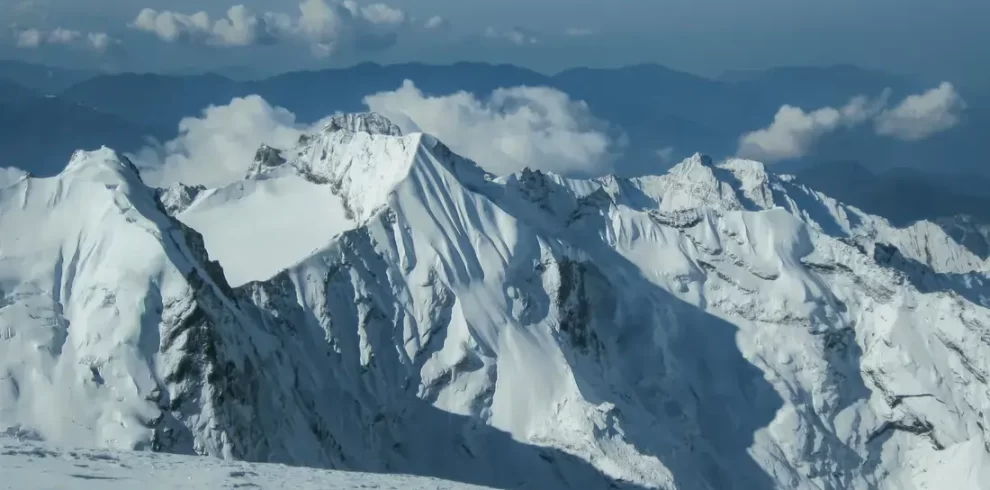
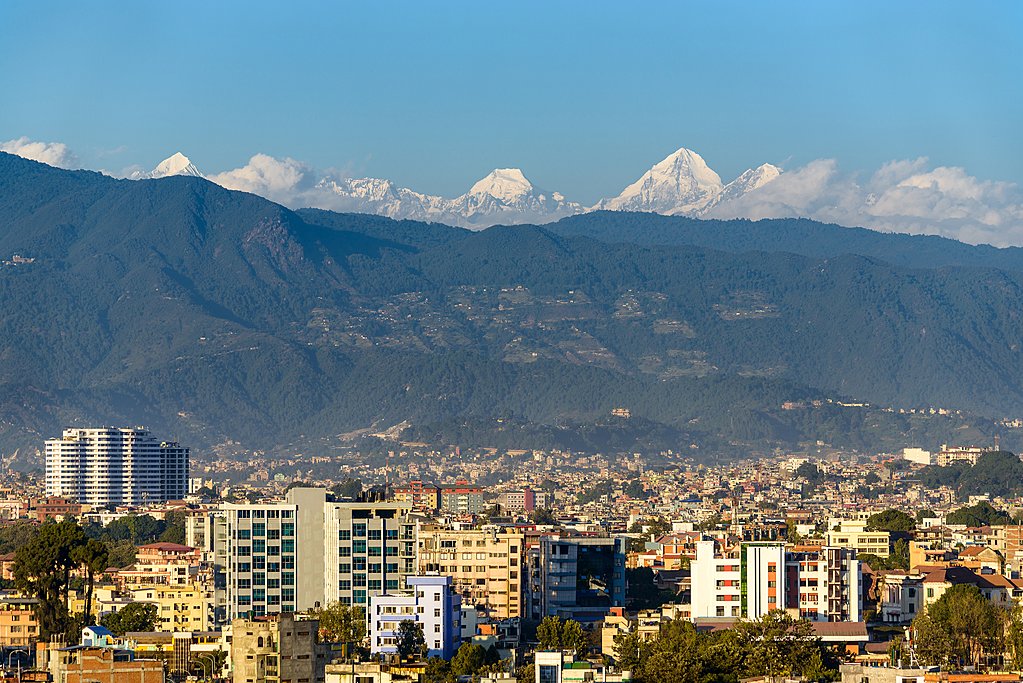
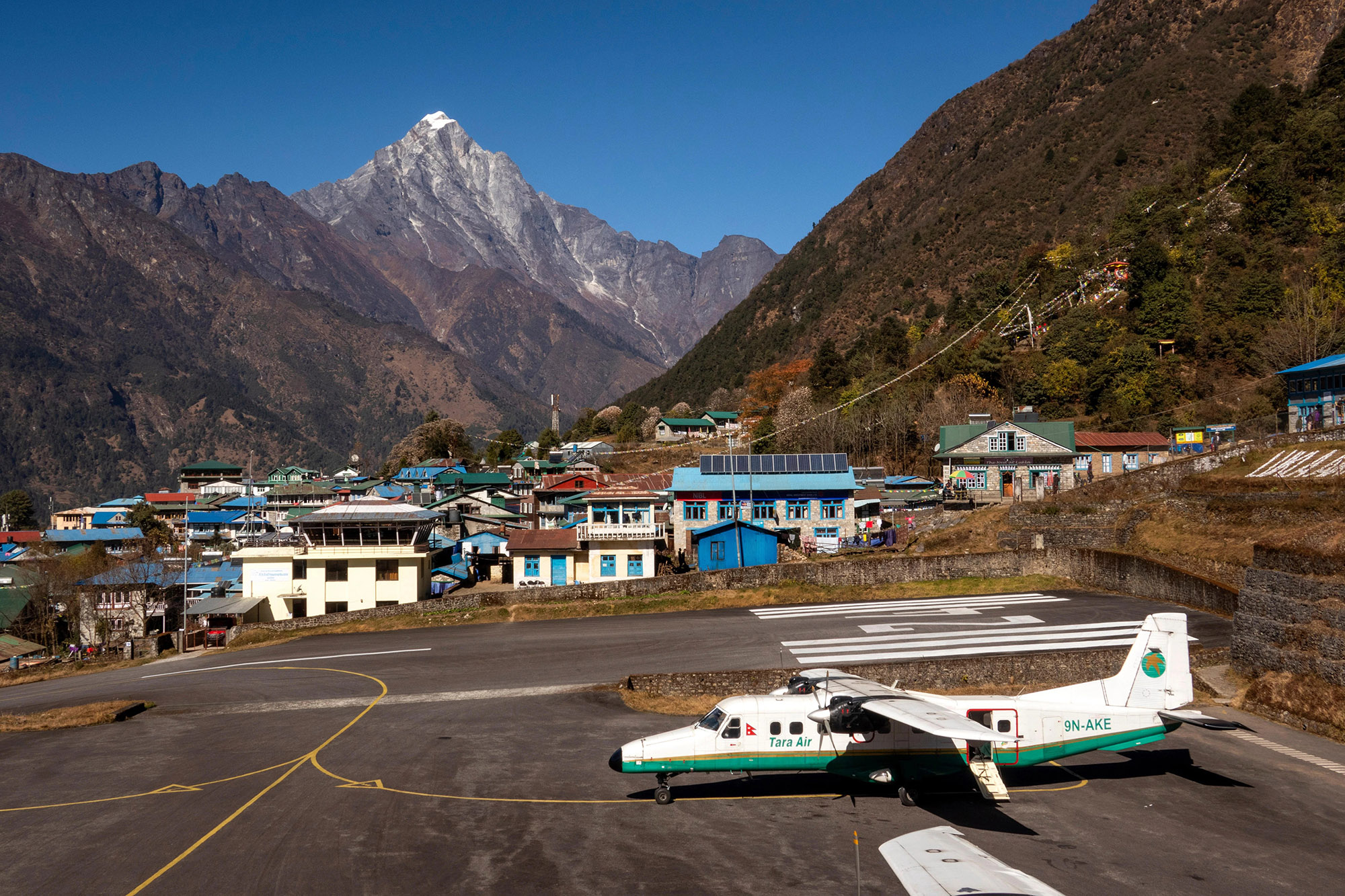
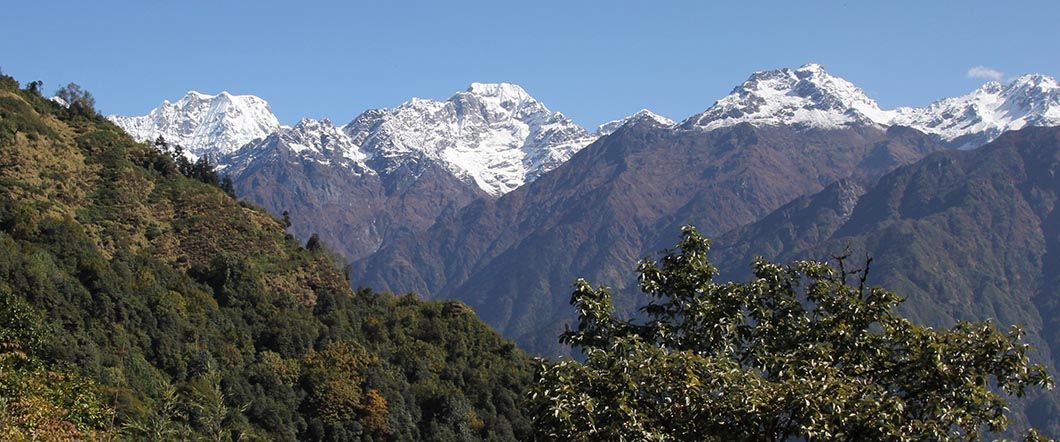
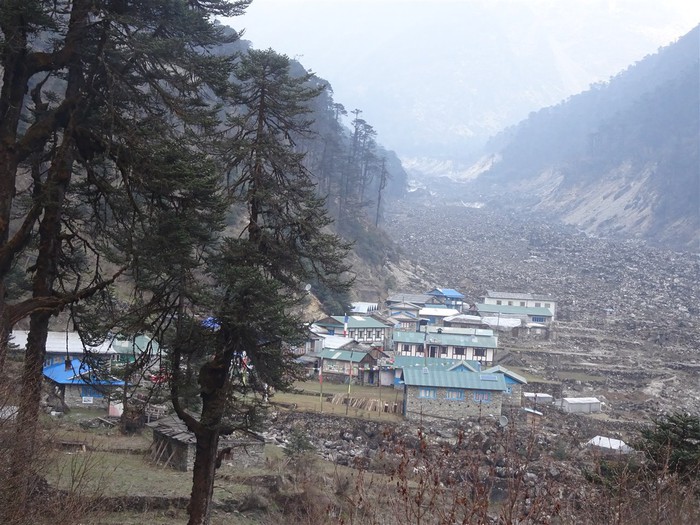
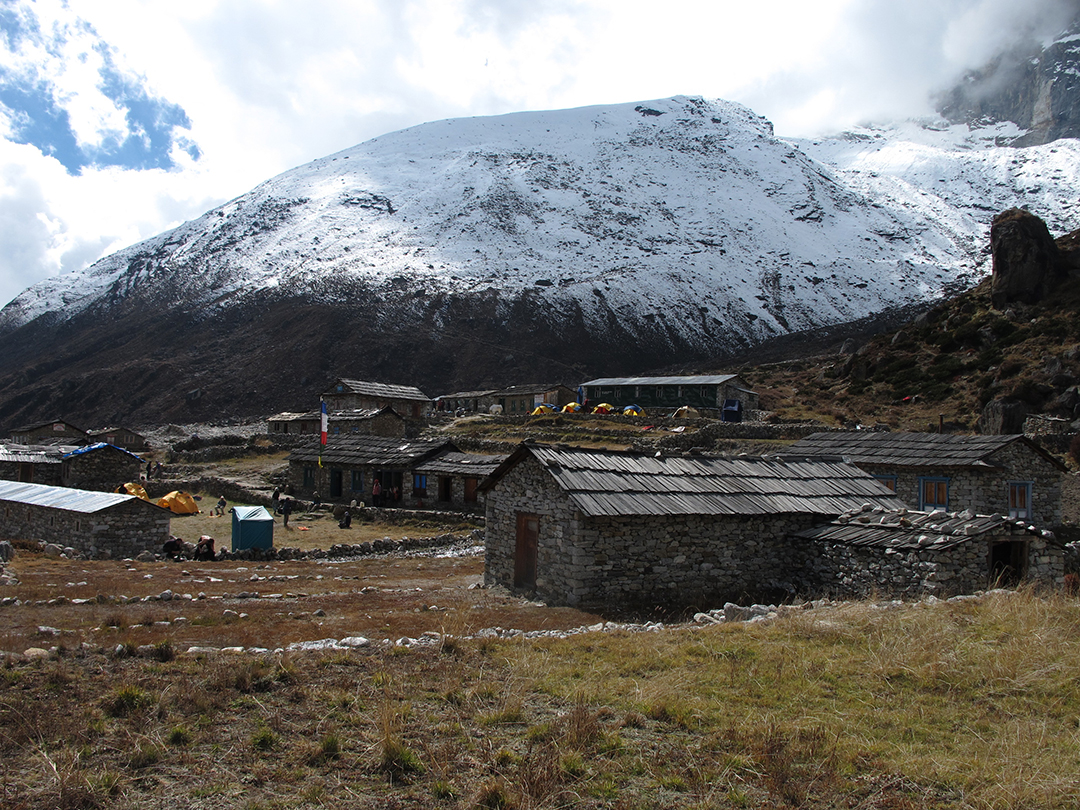
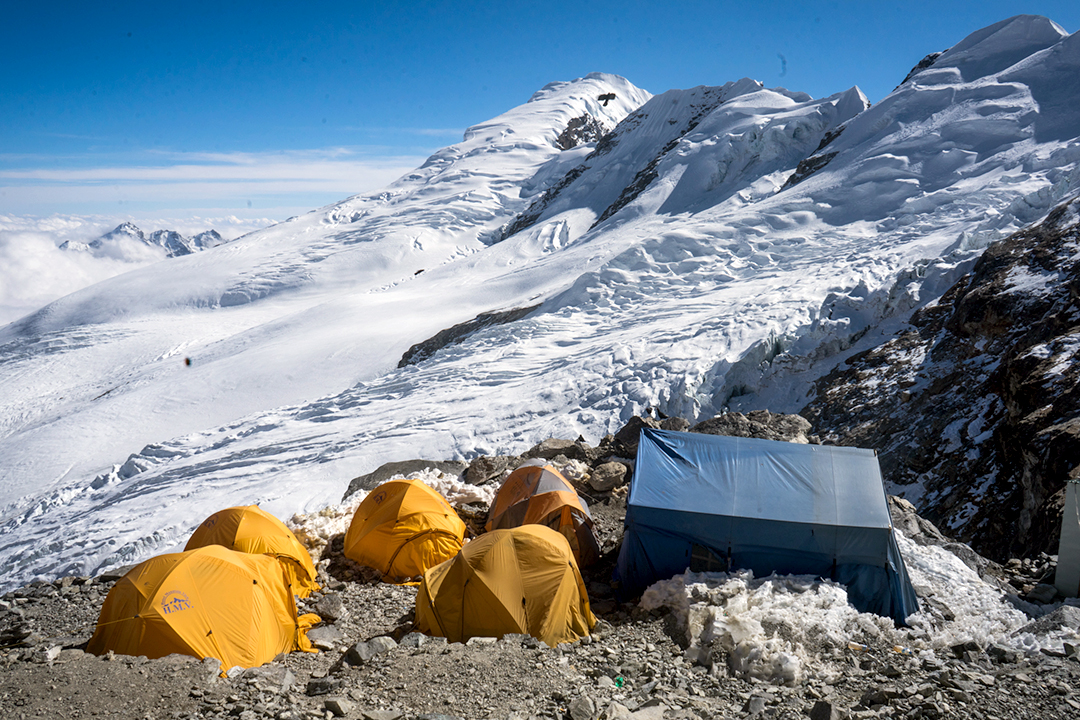

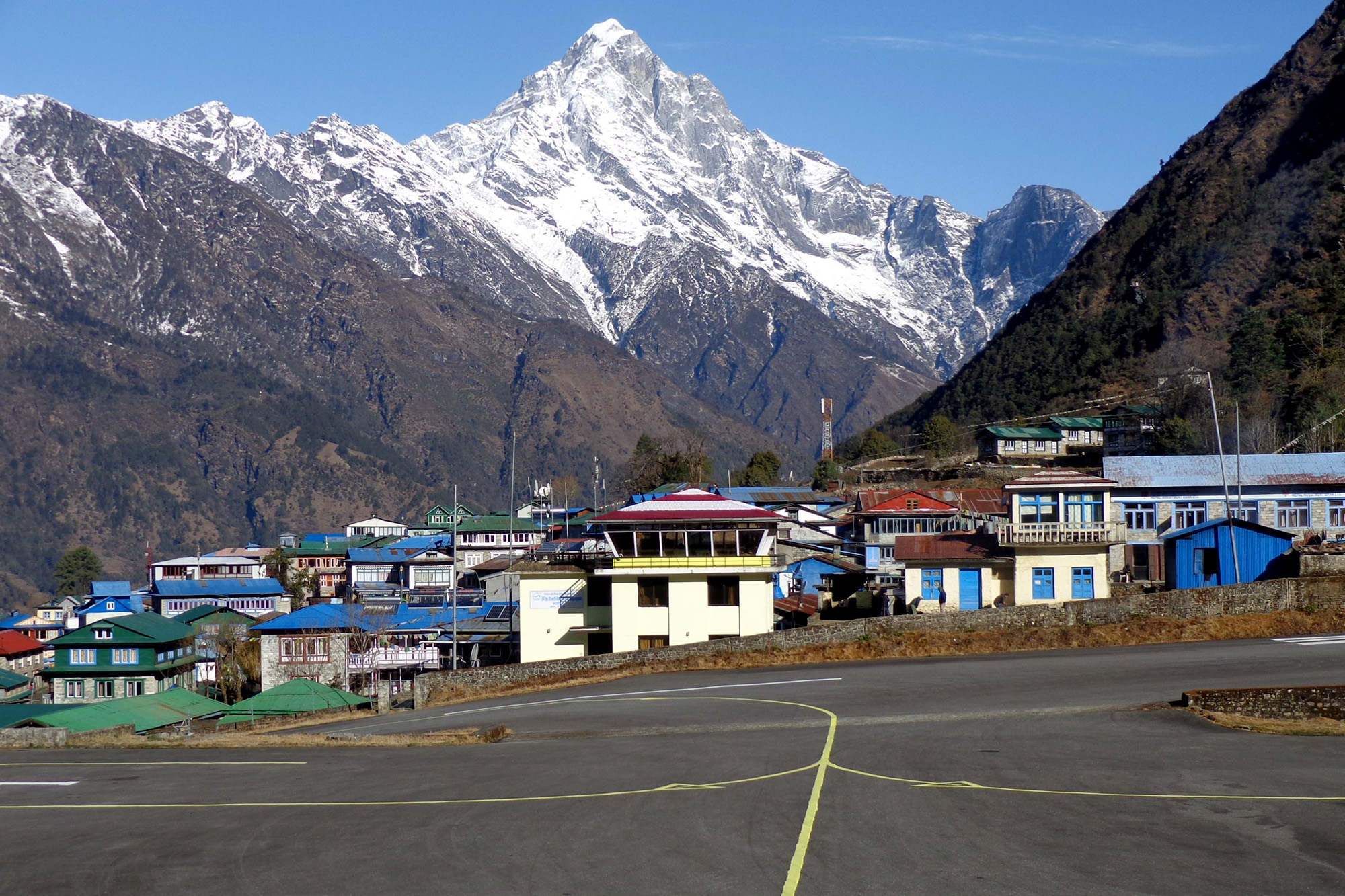

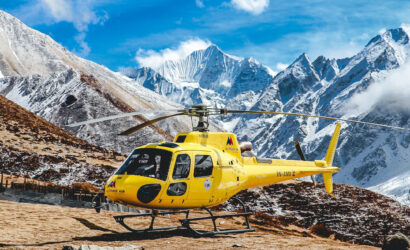
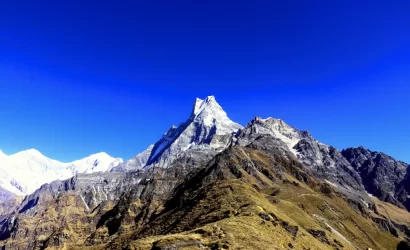
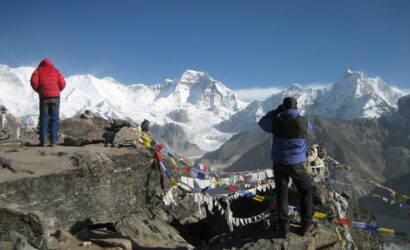
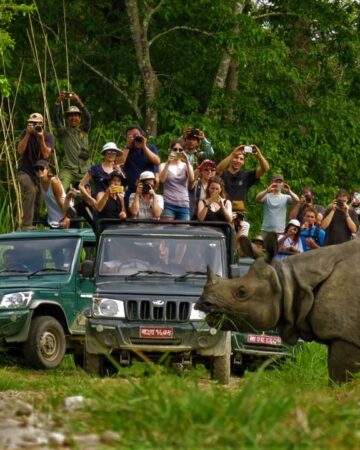
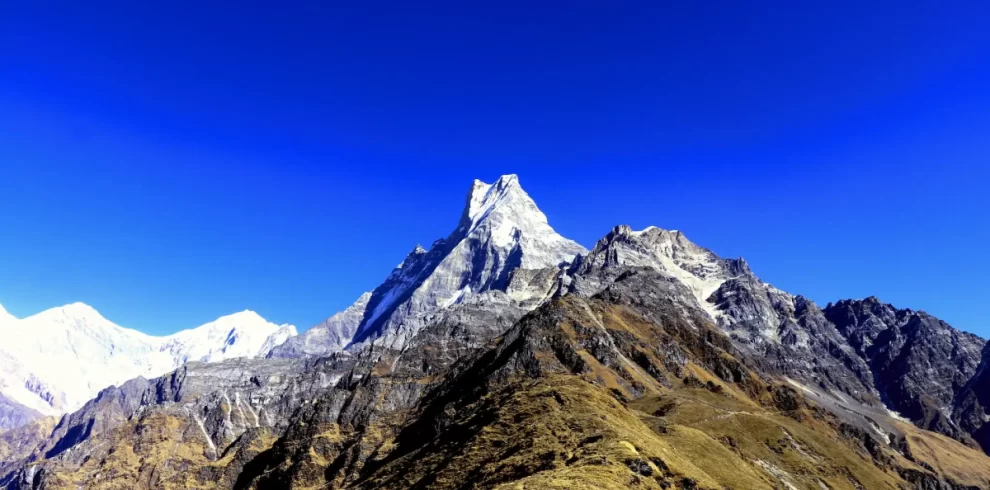
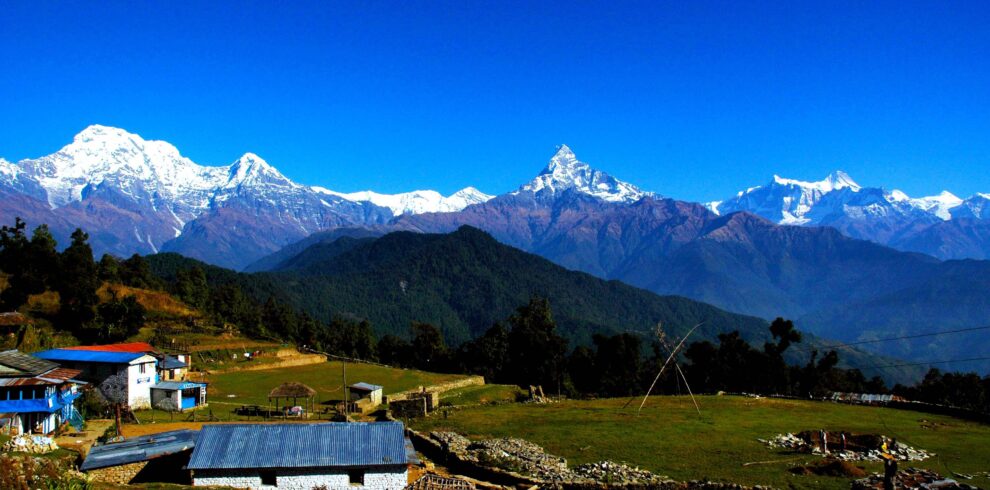
Write a Review